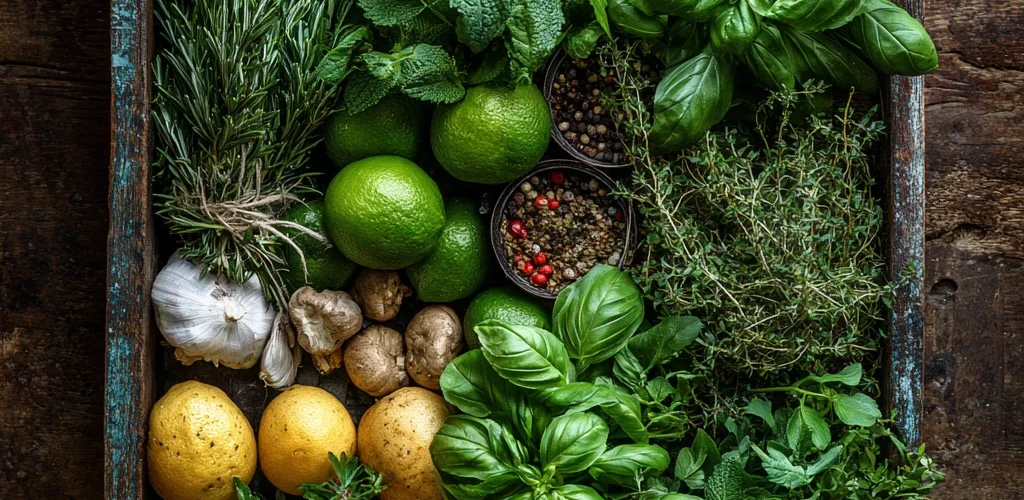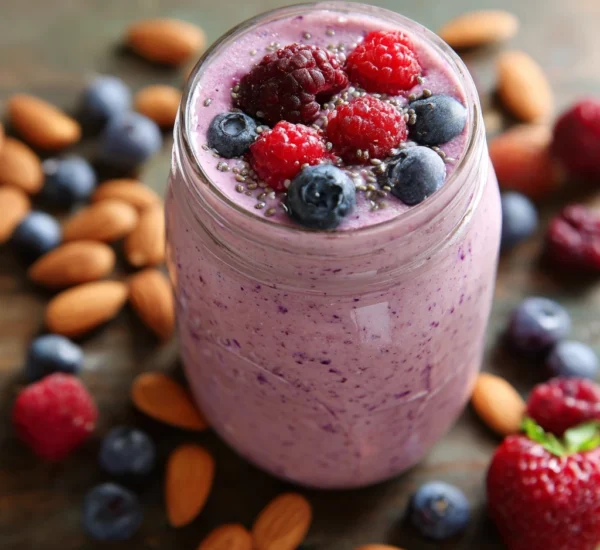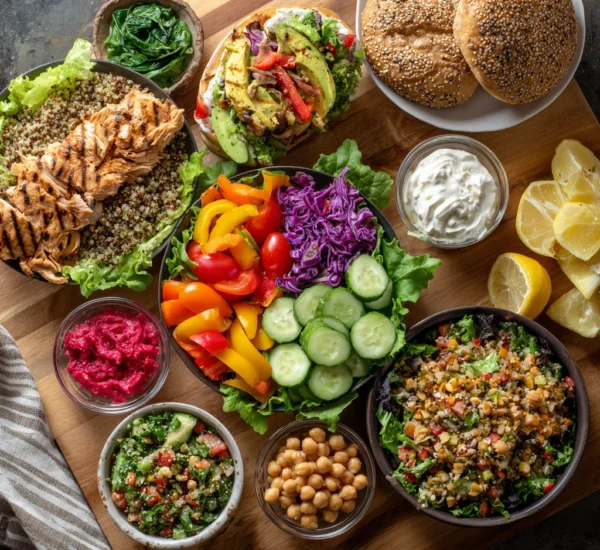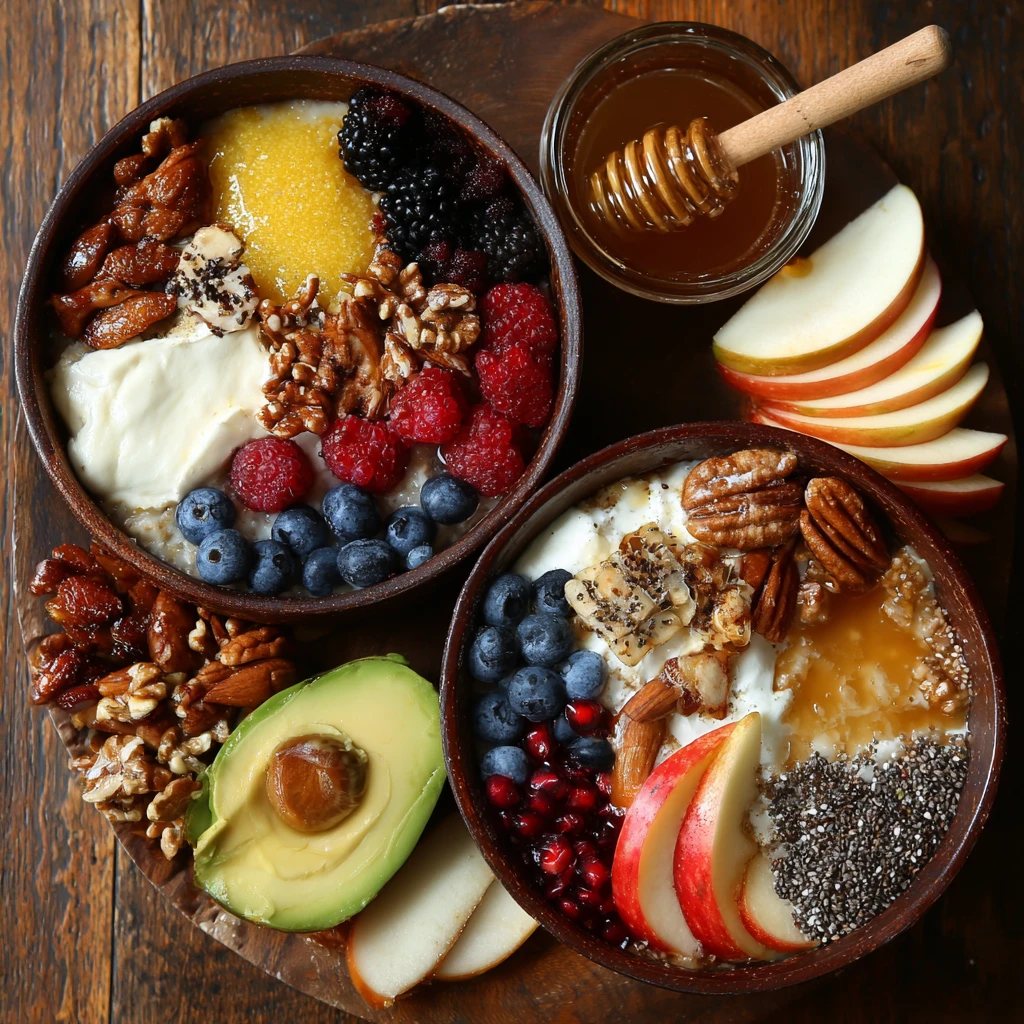How to Use Fresh Herbs to Elevate Your Cooking
Fresh herbs are a culinary game-changer. They can transform a simple dish into a flavor explosion, adding vibrant aromas, complex tastes, and a touch of elegance. But knowing how to use them effectively is key to unlocking their full potential. This guide will take you through everything you need to know about incorporating fresh herbs into your cooking, from choosing the right herbs to mastering different techniques.
Section 1: Understanding the Power of Fresh Herbs
Fresh herbs are more than just garnish; they are concentrated sources of flavor and nutrients. Unlike dried herbs, which lose some of their volatile oils and flavor compounds during the drying process, fresh herbs offer a brighter, more intense taste. This difference can be significant, especially in dishes where the herb is a primary flavor component.
The Flavor Profiles of Common Herbs
Understanding the unique characteristics of different herbs is crucial for successful cooking. Here are some popular choices and their flavor profiles:
- Basil: Sweet, slightly peppery, with hints of anise and mint. Excellent with tomatoes, pasta, and Mediterranean dishes.
- Mint: Refreshing, cool, and slightly sweet. Pairs well with desserts, salads, lamb, and tea.
- Parsley: Clean, grassy, and slightly peppery. A versatile herb that can be used in almost any savory dish.
- Rosemary: Piney, woody, and slightly resinous. Pairs well with roasted meats, potatoes, and Mediterranean dishes.
- Thyme: Earthy, slightly lemony, and aromatic. A versatile herb that complements meat, poultry, vegetables, and sauces.
- Cilantro: Citrusy, bright, and slightly soapy (for some people). Essential in Mexican, Thai, and Indian cuisines.
- Dill: Delicate, slightly anise-like, and tangy. Pairs well with fish, seafood, eggs, and creamy sauces.
- Chives: Mild onion flavor. Great for garnishing soups, salads, and egg dishes.
- Oregano: Robust, earthy, and slightly bitter. A staple in Italian and Mexican cuisine.
- Sage: Earthy, slightly peppery, and slightly bitter. Pairs well with poultry, pork, and stuffings.
Fresh vs. Dried Herbs: When to Choose Which
While fresh herbs are generally preferred for their brighter flavor, dried herbs have their place in the kitchen. As a general rule, use about one-third the amount of dried herbs as you would fresh herbs, as the flavor is more concentrated. Dried herbs are best used in long-cooking dishes like stews, soups, and braises, where they have time to rehydrate and release their flavor. Fresh herbs are best added towards the end of cooking or as a garnish to preserve their delicate flavor and aroma.
Section 2: Choosing and Storing Fresh Herbs
Selecting and storing fresh herbs properly ensures you get the most flavor and longevity from your purchase.
Selecting the Freshest Herbs
When buying fresh herbs, look for vibrant green leaves that are free from wilting, browning, or blemishes. Avoid herbs that look slimy or have a musty odor. The stems should be firm and upright. If buying herbs in a clamshell container, check for any signs of moisture buildup, as this can lead to spoilage.
Proper Storage Techniques for Maximum Freshness
- The Cut Flower Method: Trim the stems of the herbs and place them in a glass or jar filled with water, just like you would with flowers. Cover loosely with a plastic bag and refrigerate. Change the water every day or two. This method works well for basil, parsley, cilantro, and mint.
- The Damp Towel Method: Wrap the herbs in a damp paper towel and place them in a resealable plastic bag in the refrigerator. This method is suitable for thyme, rosemary, sage, and oregano.
- Freezing Herbs: For longer-term storage, freeze herbs. Chop the herbs and mix them with a little water or olive oil. Pour the mixture into ice cube trays and freeze. Once frozen, transfer the cubes to a freezer bag. You can also freeze whole sprigs of herbs.
- Drying Herbs: Drying your own herbs is another way to preserve them. Hang small bunches of herbs upside down in a cool, dark, and dry place until they are completely dry. Store the dried herbs in airtight containers.
Section 3: Preparing Fresh Herbs for Cooking
Proper preparation is key to maximizing the flavor of fresh herbs.
Washing and Drying Herbs
Always wash fresh herbs before using them to remove any dirt or debris. Gently rinse the herbs under cool running water and then pat them dry with a clean kitchen towel or use a salad spinner. Thoroughly drying the herbs prevents them from diluting the flavors of your dish.
Chopping Techniques: Releasing the Flavor
The way you chop herbs can significantly impact their flavor. For delicate herbs like basil and mint, chiffonade is a good technique. Stack the leaves, roll them tightly, and then slice thinly. For herbs like parsley and cilantro, a rough chop is often sufficient. For tougher herbs like rosemary and thyme, remove the leaves from the stems and chop finely. Use a sharp knife to avoid bruising the herbs, which can release bitter compounds.
When to Add Herbs During Cooking
The timing of adding herbs to a dish depends on the type of herb and the desired flavor impact. Delicate herbs like basil, cilantro, and parsley are best added towards the end of cooking to preserve their fresh flavor and aroma. Hearty herbs like rosemary, thyme, and oregano can be added earlier in the cooking process to allow their flavors to meld with the other ingredients. For maximum impact, consider using a combination of both. Add some herbs early for depth of flavor and some towards the end for a burst of freshness.
Section 4: Creative Ways to Incorporate Fresh Herbs
Beyond the usual sprinkling of herbs on top of a dish, there are many creative ways to incorporate fresh herbs into your cooking.
Herb-Infused Oils and Vinegars
Infusing oils and vinegars with fresh herbs is a simple way to add flavor to salads, marinades, and dressings. To make herb-infused oil, combine fresh herbs (like rosemary, thyme, or basil) with olive oil in a saucepan and heat gently over low heat for about 30 minutes. Let the oil cool completely before straining out the herbs. For herb-infused vinegar, combine fresh herbs with white or apple cider vinegar in a jar and let it steep for several weeks before straining.
Herb Butters and Pestos
Herb butters and pestos are delicious and versatile ways to use fresh herbs. To make herb butter, combine softened butter with chopped herbs (like parsley, chives, or dill) and seasonings. Roll the butter into a log, wrap it in plastic wrap, and refrigerate. To make pesto, combine fresh basil, garlic, pine nuts, Parmesan cheese, and olive oil in a food processor and blend until smooth. Use herb butters on grilled meats, vegetables, or bread, and pesto on pasta, sandwiches, or as a spread.
Herb-Crusted Meats and Fish
Coating meats and fish with a mixture of fresh herbs, breadcrumbs, and seasonings adds flavor and texture. Combine chopped herbs (like rosemary, thyme, and parsley) with breadcrumbs, Parmesan cheese, garlic, and olive oil. Press the mixture onto the surface of the meat or fish before baking, grilling, or pan-frying.
Adding Herbs to Beverages
Fresh herbs can also be used to enhance beverages. Add mint to lemonade or iced tea, rosemary to sparkling water, or basil to cocktails. Muddle the herbs gently to release their flavor. You can also create herb-infused syrups for cocktails and mocktails.
Section 5: Mastering Herb Pairings and Troubleshooting
Understanding which herbs complement different ingredients and flavors is essential for creating delicious dishes.
Classic Herb Pairings
- Basil and Tomato: A classic combination that works well in salads, sauces, and pizzas.
- Mint and Lamb: A traditional pairing that is both refreshing and flavorful.
- Rosemary and Potatoes: Earthy and aromatic, a perfect match for roasted potatoes.
- Dill and Salmon: A delicate and tangy combination that enhances the flavor of the fish.
- Cilantro and Lime: A bright and zesty combination that is essential in Mexican cuisine.
Troubleshooting Common Herb Mistakes
- Using too much herb: Start with a small amount and add more to taste. It's easier to add more than to take away.
- Adding herbs too early: Delicate herbs can lose their flavor if added too early in the cooking process. Add them towards the end for maximum impact.
- Not chopping herbs properly: Bruising herbs can release bitter compounds. Use a sharp knife and chop gently.
- Using the wrong herb: Experiment with different herbs to find your favorite combinations, but always consider the flavor profiles of the herbs and the ingredients.
Elevating Simple Recipes with Fresh Herbs
Even the simplest recipes can be transformed with the addition of fresh herbs. Add chopped parsley to scrambled eggs, sprinkle chives on baked potatoes, or garnish a bowl of soup with a sprig of thyme. The possibilities are endless. Experiment with different herbs and combinations to discover your own signature flavors. By understanding the power of fresh herbs and mastering the techniques for using them effectively, you can elevate your cooking to a whole new level.
Frequently Asked Questions
Q: How do I keep fresh herbs fresh longer?
A: The best way depends on the herb. Soft herbs like basil, mint, and parsley do well standing in a glass of water (like cut flowers) in the fridge. Hardier herbs like rosemary, thyme, and oregano can be wrapped in a damp paper towel and stored in a plastic bag in the refrigerator.
Q: Can I freeze fresh herbs?
A: Yes! Chop the herbs, mix them with a little water or olive oil, and freeze them in ice cube trays. Once frozen, transfer the cubes to a freezer bag.
Q: What is the best way to dry fresh herbs?
A: Hang small bunches of herbs upside down in a cool, dark, and dry place until they are completely dry. Store the dried herbs in airtight containers.
Q: How much dried herb should I use in place of fresh?
A: Use about one-third the amount of dried herbs as you would fresh herbs, as the flavor is more concentrated.
Q: Which herbs go well with chicken?
A: Thyme, rosemary, sage, and parsley are all excellent choices for pairing with chicken.
Q: What are the best herbs for pasta sauce?
A: Basil, oregano, thyme, and parsley are commonly used in pasta sauce.
Q: Can I grow my own fresh herbs?
A: Absolutely! Growing your own herbs is a rewarding way to have fresh herbs readily available. Many herbs can be grown in containers on a windowsill or balcony.
Q: How do I know which herbs to use together?
A: Start with classic pairings and then experiment with different combinations to find your favorite flavors. Consider the flavor profiles of the herbs and the ingredients you are using.



